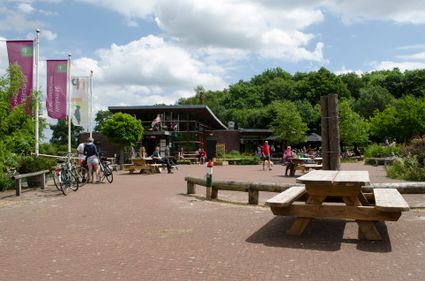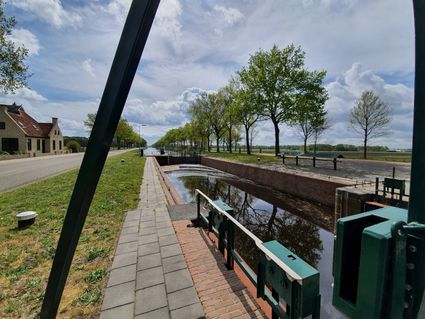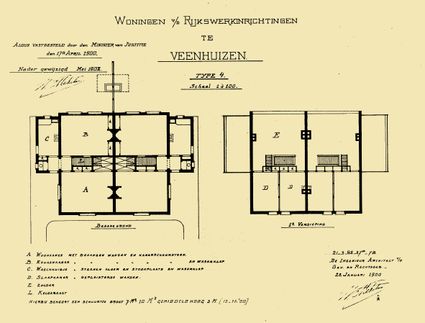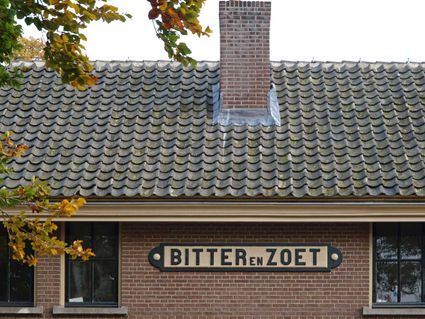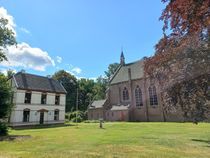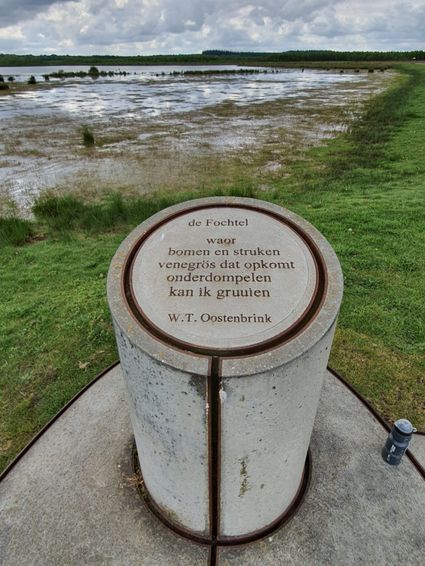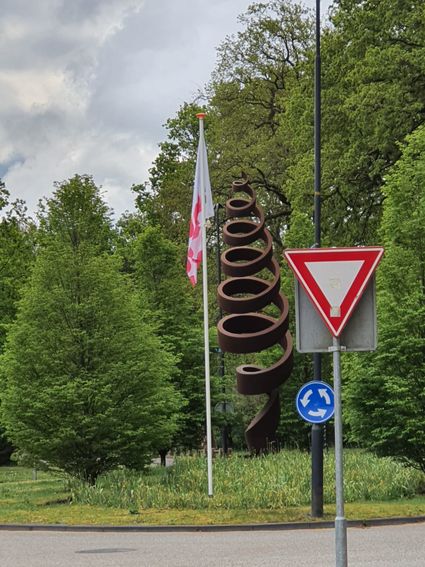9
Recreatief
40 km
Cycle through alternating forests, heathlands and fields. The Veenwolds cycling trail crosses the provincial borders of Drenthe and Friesland. You will cycle through the forests of Appelscha, the fields of Oosterwolde and Fochteloo and past the Fochtelooërveen heathlands.
The 42-kilometre ‘Veenwolds’ cycling trail will take you past several remarkable Dutch nature reserves, such as the Fochterlooërveen and the Aekingerzand, constantly crossing from Drenthe to Friesland and back.
The trail starts at the Boerestreek in Applescha, a village that was once…
Cycle through alternating forests, heathlands and fields. The Veenwolds cycling trail crosses the provincial borders of Drenthe and Friesland. You will cycle through the forests of Appelscha, the fields of Oosterwolde and Fochteloo and past the Fochtelooërveen heathlands.
The 42-kilometre ‘Veenwolds’ cycling trail will take you past several remarkable Dutch nature reserves, such as the Fochterlooërveen and the Aekingerzand, constantly crossing from Drenthe to Friesland and back.
The trail starts at the Boerestreek in Applescha, a village that was once part of the county of Drenthe. With the arrival of thousands of Frisian peat workers in the 19th century, the village saw major growth and officially adopted the Frisian language. From Appelscha, you pedal your way into the Drens-Friese Wold National Park, the second largest swathe of forest and heathland in the Netherlands, after the Veluwe. In the Drents-Friese Wold, you may just come across a shepherd with his flock of Drenthe heath sheep and Schoonebeeker sheep.
The Aekingerzand is located in the Appelscha protected forest and is the largest active sand drift in the north of the Netherlands. Enjoy stunning views from the watchtower.
You will continue your tour through the countryside of Oosterwolde towards Fochteloo and the spectacular Fochtelooërveen nature reserve. The Fochtelooërveen is home to several remarkable species of birds, such as the curlew, black-tailed godwit and crane. Enjoying the nature of the Fochtelooërveen, you will make your way make to Appelscha.
The cycle trail starts at the car park on the Boerestreek in Appelscha, at Boerestreek 23, 8426 BT Appelscha (Node 91). There is ample free parking here. However, you can also use the signs to start the trail elsewhere.
This trail passes the following cycling nodes: 91, 63, 61, 62, 23, 82, 88, 85, 83, 79, 52, 58, 62, 64, 66, 75, 90 and 91. The trail can be shortened at cycling nodes 91, 61 and 79.


91
Boerestreek 23
Appelscha
Navigate to starting point

